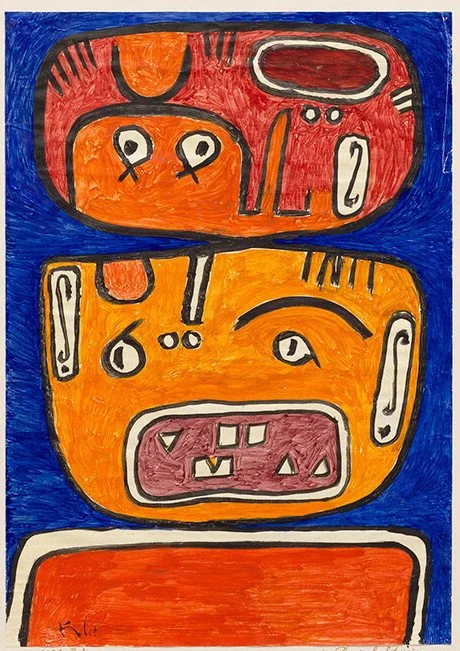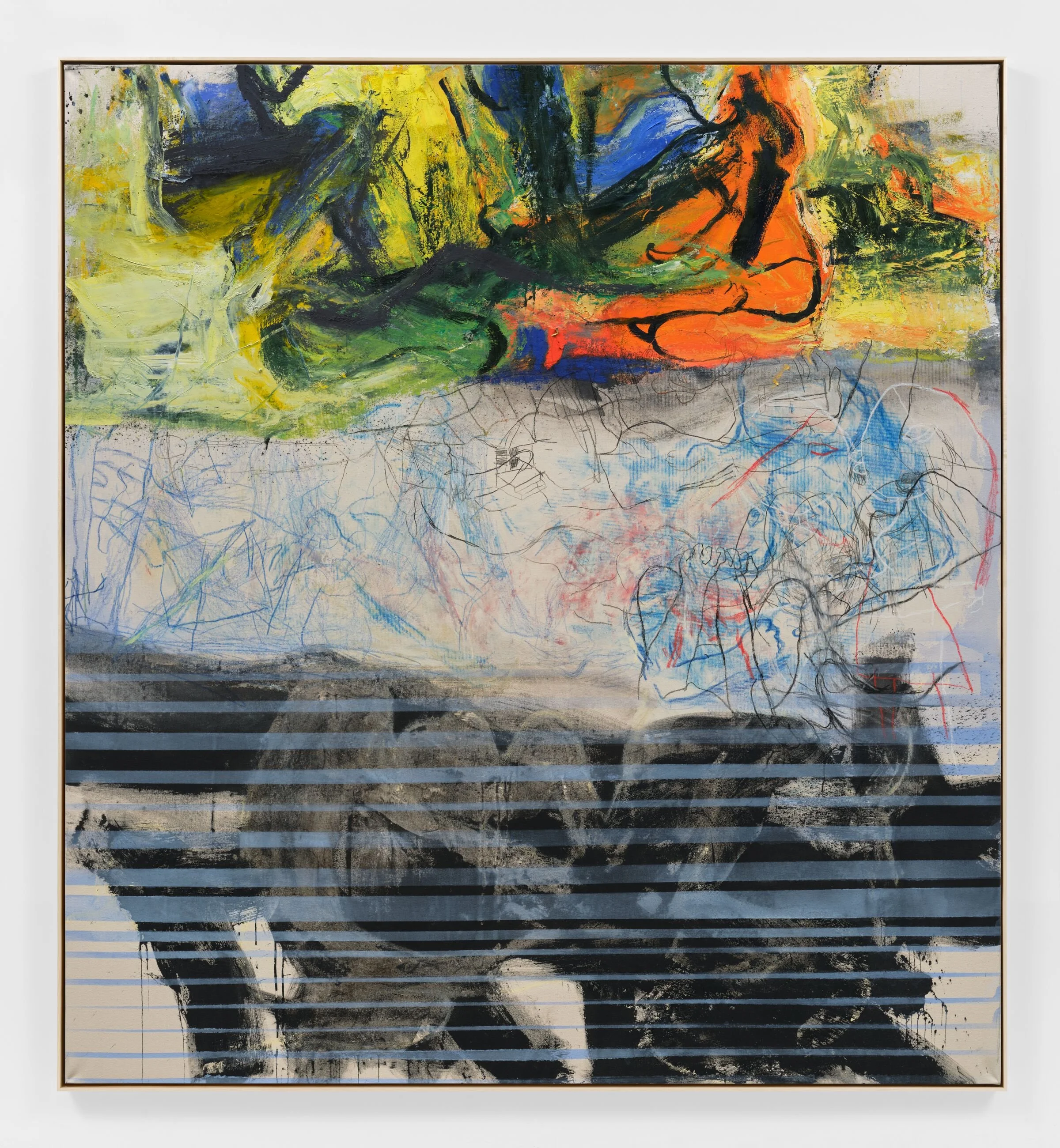Paul Klee
New York, 537 West 20th Street 2nd Floor
This exhibition will feature a range of key works that visualize the artist’s immense skill as a colorist and a draftsman. Several works from the early 1920s—around the time Klee began teaching as a “form master” at the newly founded Bauhaus—feature vibrantly colored grid-like fields whose appearances vacillate between landscape and pure abstraction. Two related paintings, Friedhof (Cemetery) and Mädchen am Fenster (Girl at the window) (both 1920), exemplify this quality of Klee’s Bauhaus-era colorism. In these works, Klee breaks up the picture planes into cubist-style arrangements of geometric fragments and forms. Trees and crosses rendered in dark pigment appear as pictographic signs and contrast with the artist’s sensitive application of reds, greens, yellows, and blues, which delicately fill the quadrilinear and triangular forms that structure the compositions. White highlights further enhance the tonal range of the works and give the paintings an overall sense of light emanating from behind their surfaces—like stained glass.
Klee’s experimentation with line served as a vehicle for exploring abstraction during his time at the Bauhaus, and his inventive and varied use of the graphic medium comes through in intimate works composed of abstract, fractal-like forms or meandering webs and networks of lines. In Härten in Bewegung (Hardnesses in motion) (1927), Klee interlocks a series of rectangular planar forms that are all bisected by dark graphic lines to create dynamic spatial relationships on a modestly scaled support. The hard-edged geometry of that work finds its counterpart in dynamisch-polyphone Gruppe (Dynamic-polyphonic group) (1931), in which the combination of seemingly diaphanous overlapping organic shapes—made from delicate weaves of crosshatches—visually achieve the abstract sonoric quality referenced in the work’s title.






